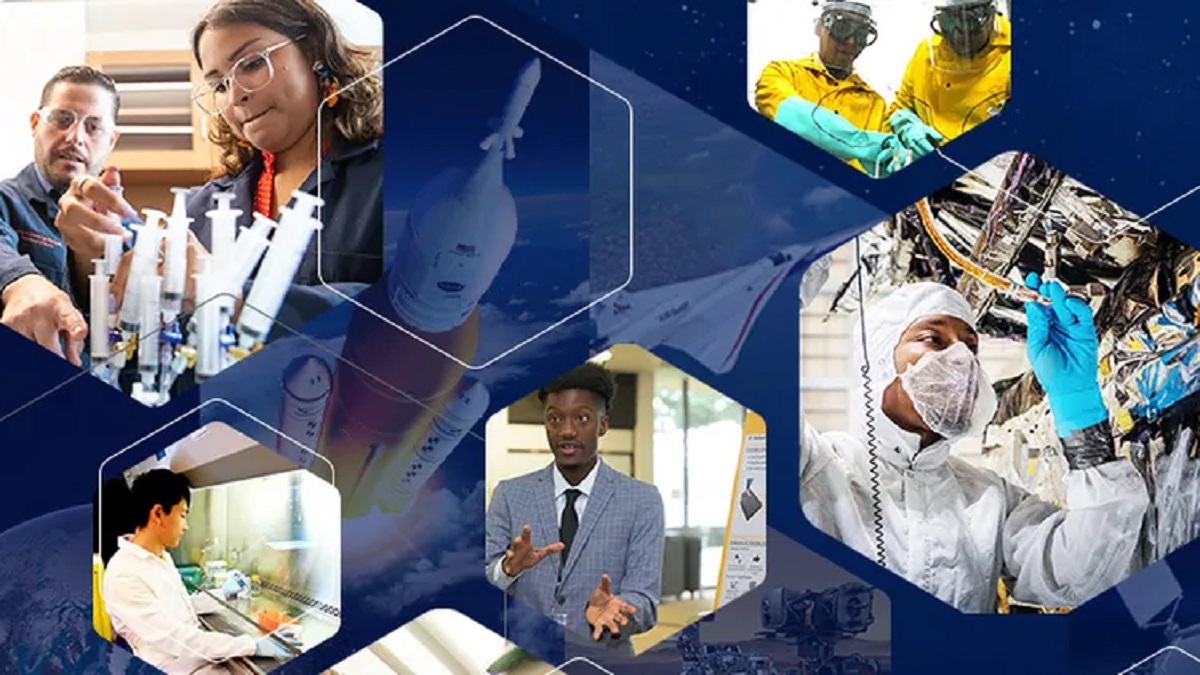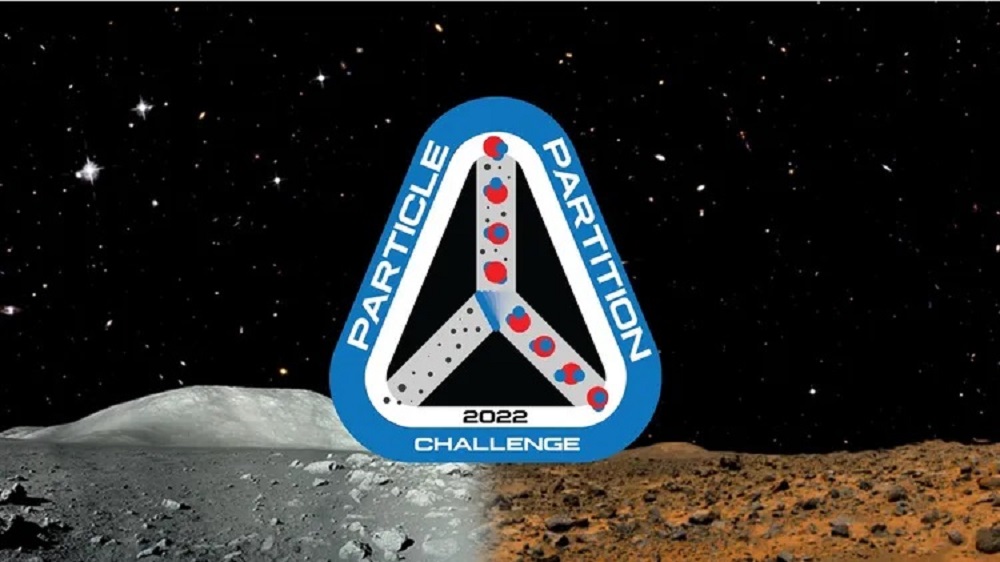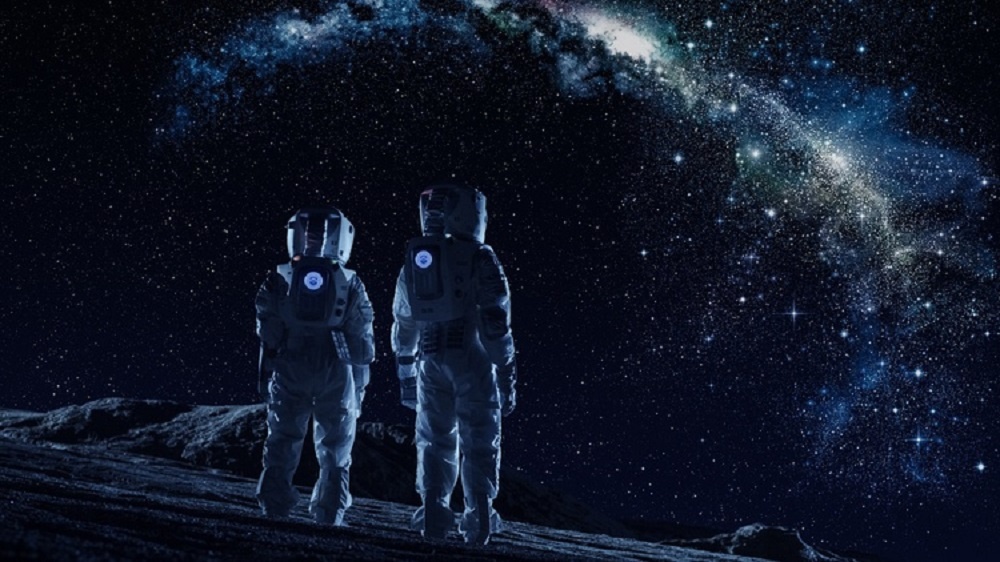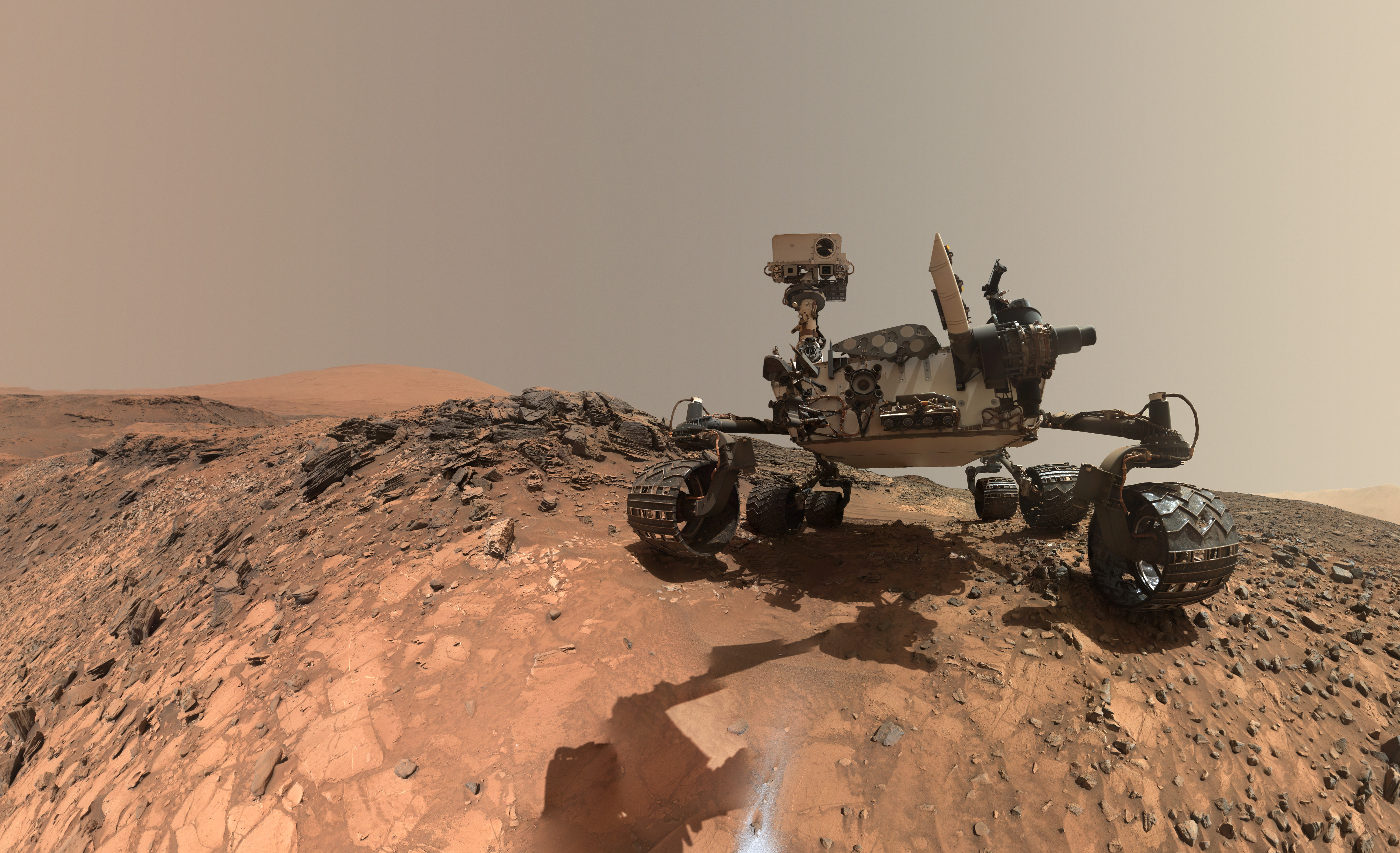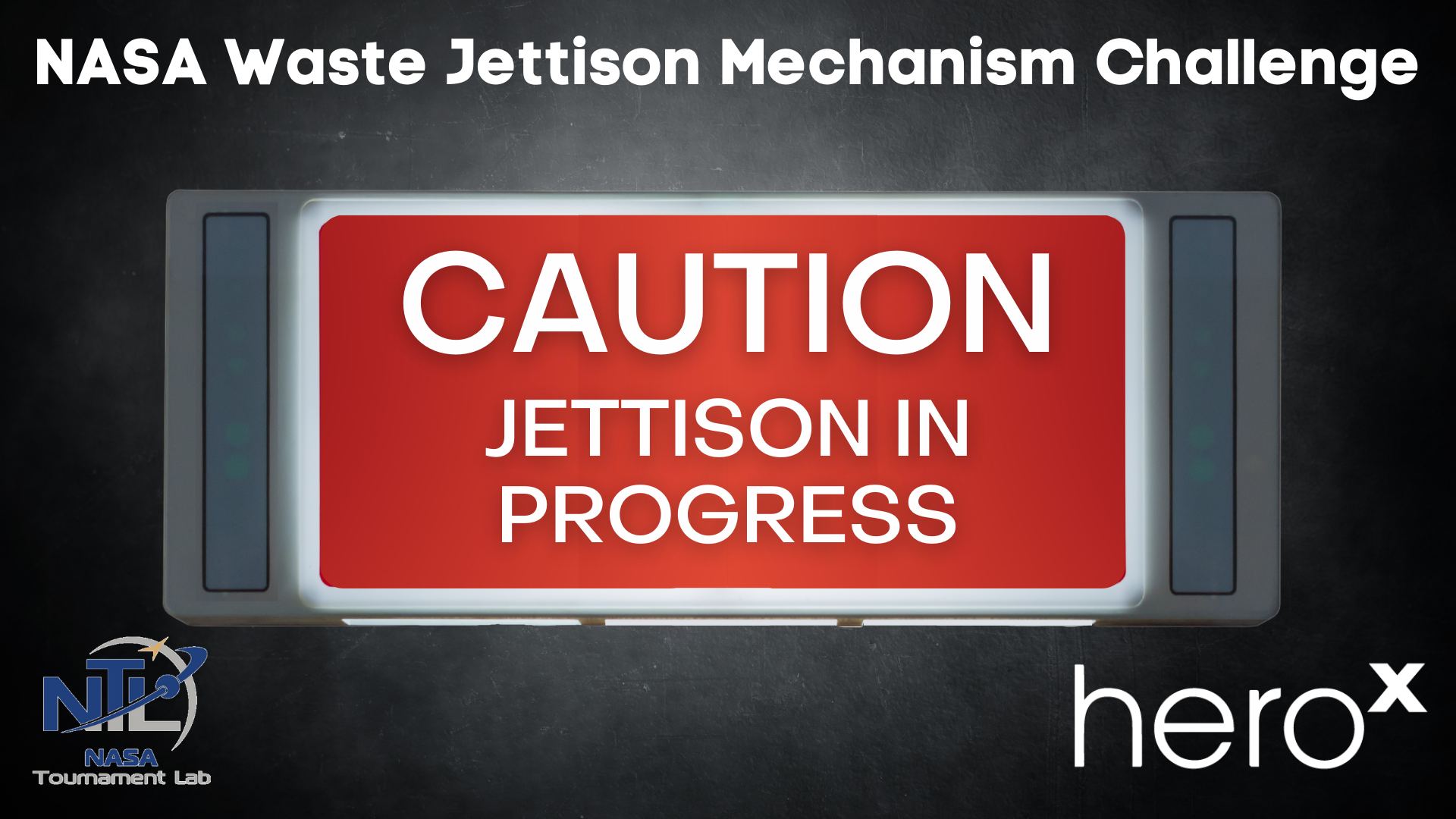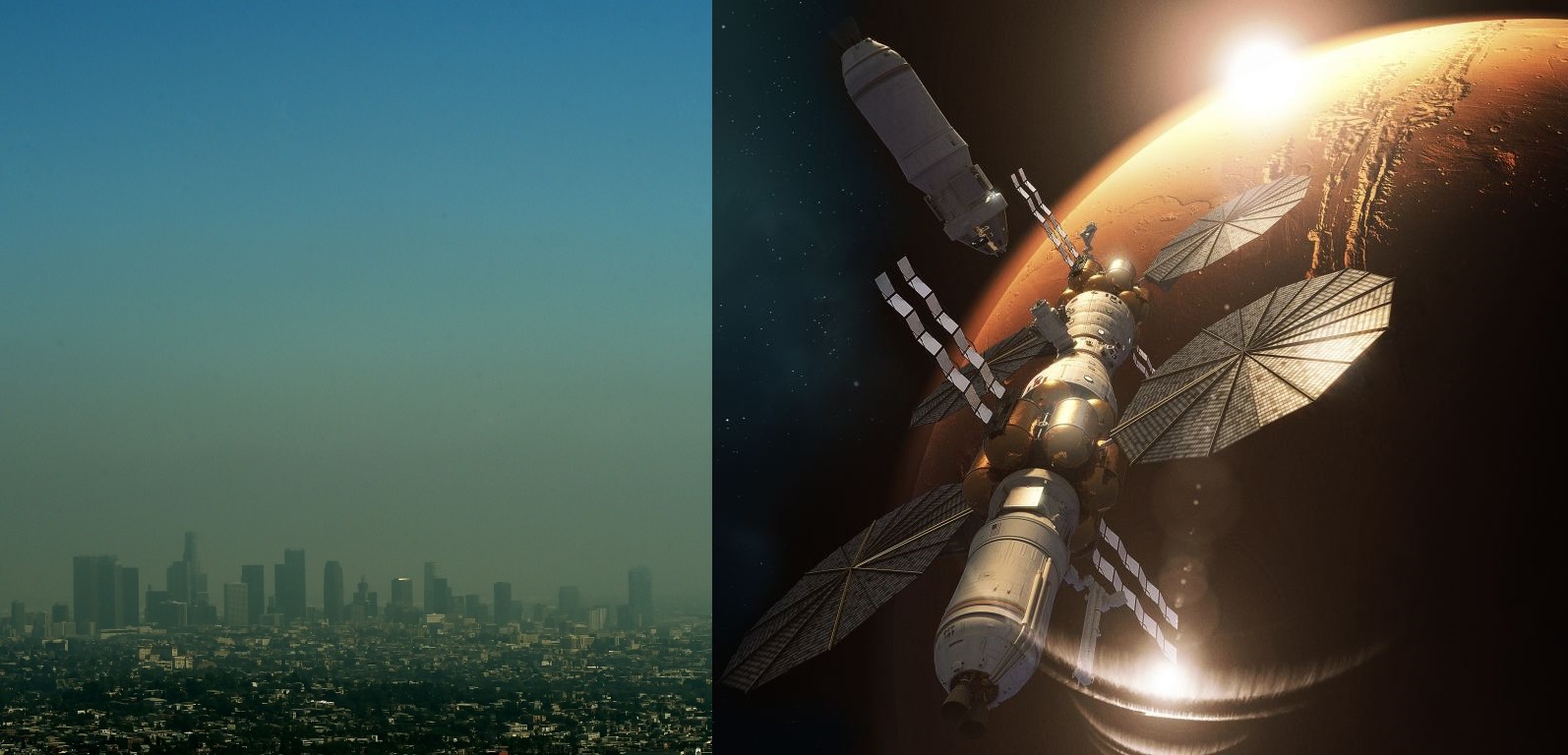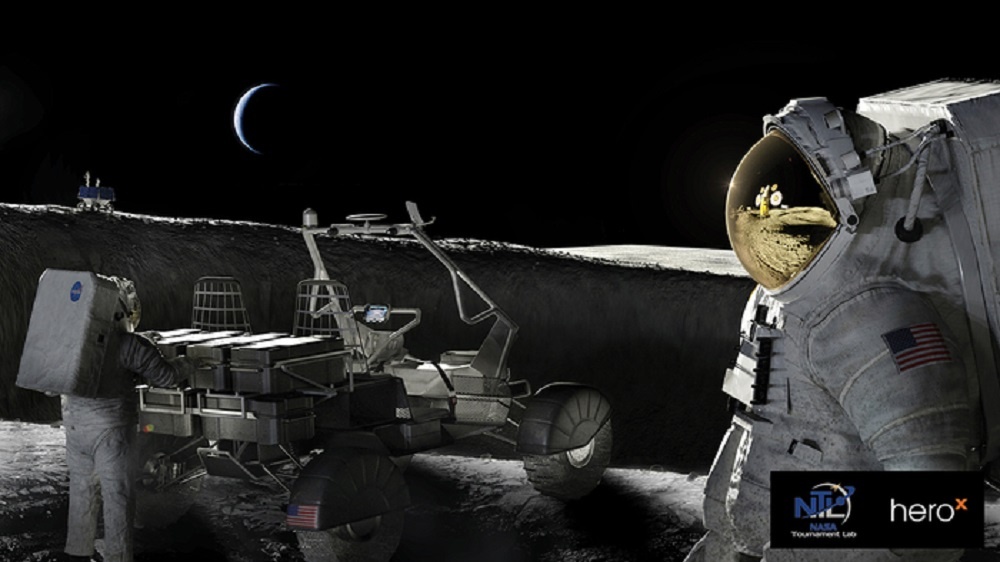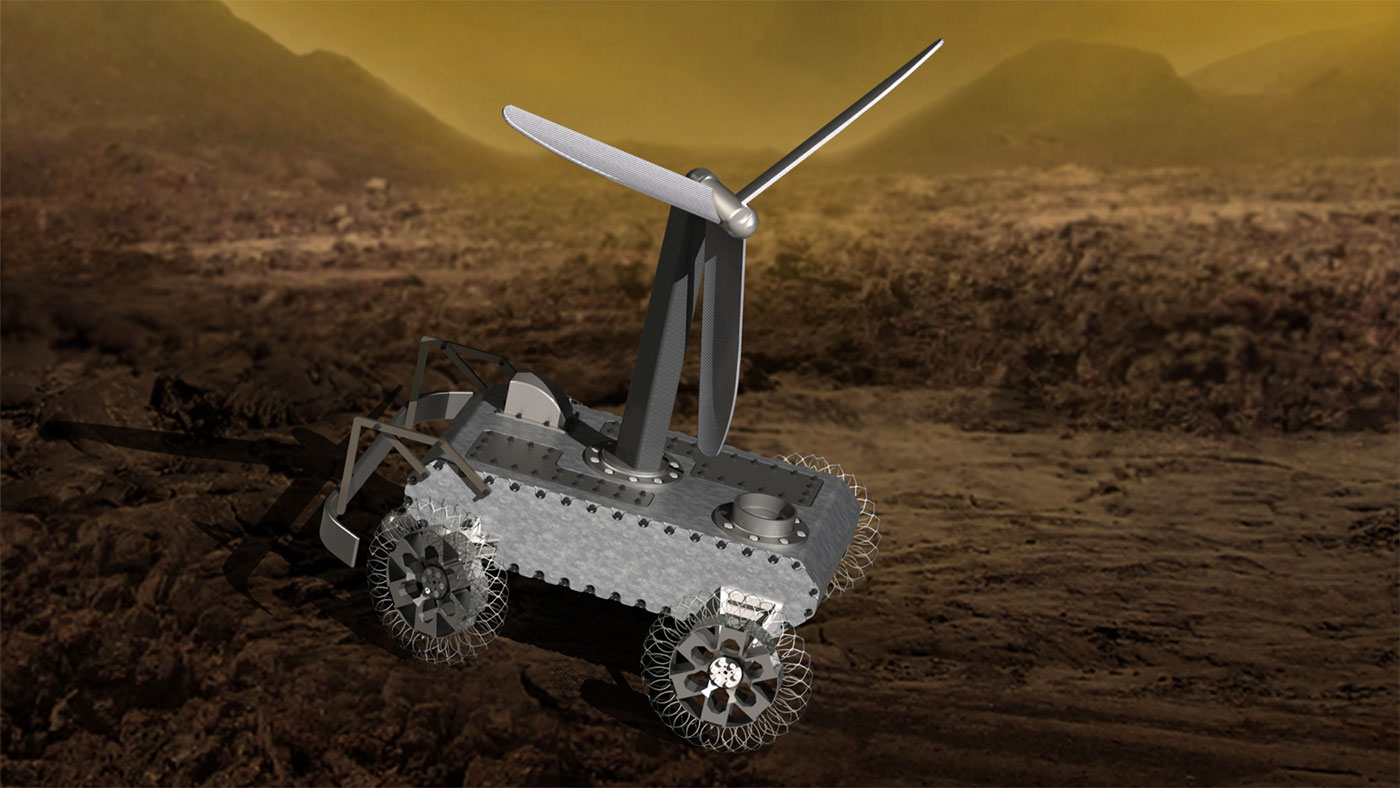In its pursuit of scientific research and human spaceflight, NASA engages in partnerships with various universities, laboratories, and academic institutes. In keeping with NASA’s policy of Diversity, Equity, Inclusion, and Accessibility and the Science Mission Directorate’s (SMD) Science Plan, NASA is seeking to expand its partnerships and encourage “a culture of diversity, inclusion, equity, and accessibility.” To this end, NASA created the Minority University Research and Education Project Partnership (MUREP) – administered through its Office of STEM Engagement (OSTEM).
Through MUREP, NASA provides expert guidance and financial assistance via competitive awards to Minority Serving Institutions (MSIs), which are announced annually through a MUREP Partnership Learning Annual Notification (MPLAN). NASA has teamed up with the leading crowdsourcing platform HeroX for this year’s MUREP opportunity and is awarding multiple prizes of $50,000 to MSIs for innovative ideas and action plans for commercialization that will advance NASA’s Mission Directorate priorities.
Continue reading “NASA Seeks Greater Diversity in Research Collaborations”
